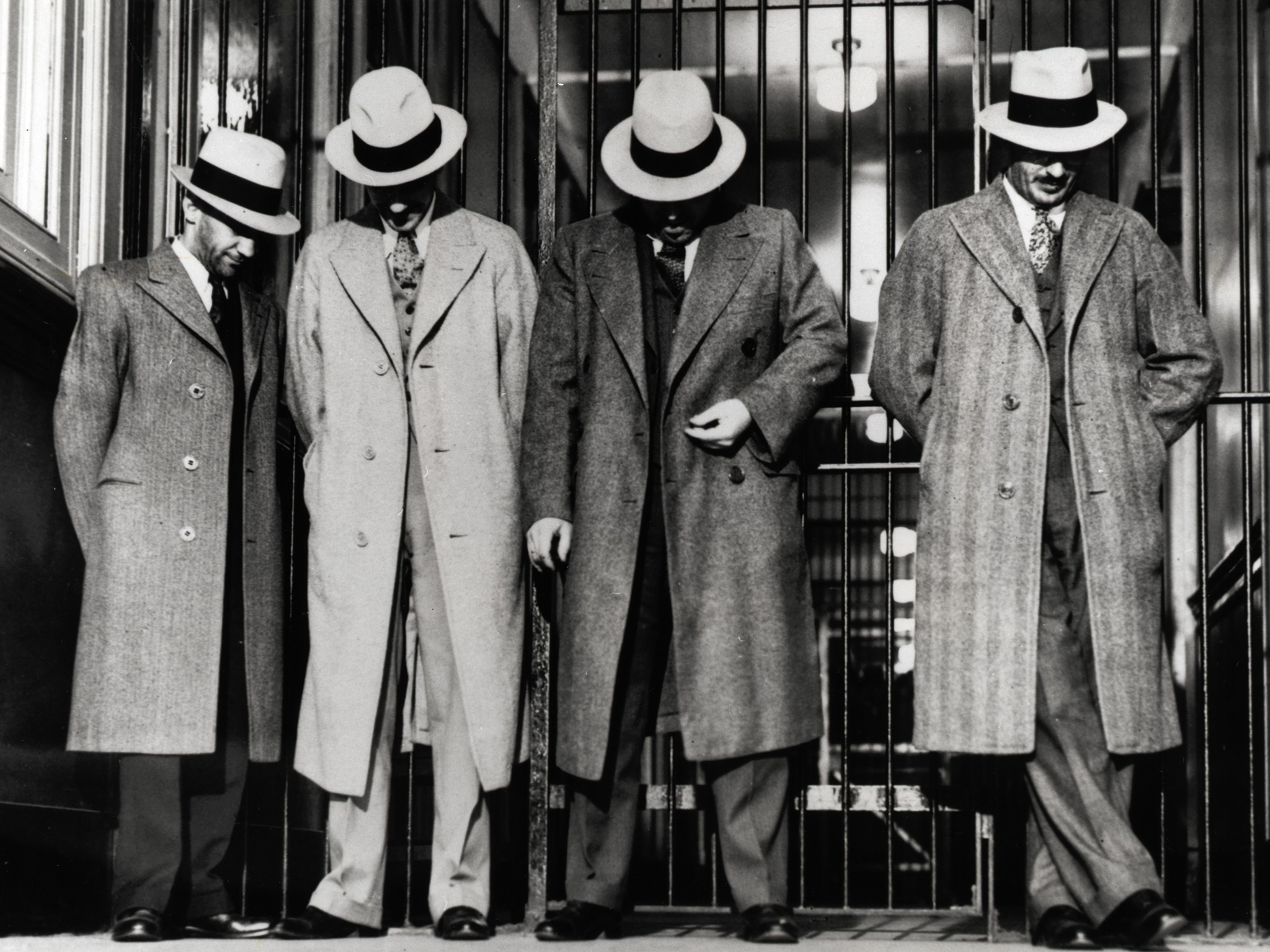American drug laws are dumb beyond belief, and apart from selling these substances to children, no one should go to prison for their sale or use. There are more effective (and less-expensive) ways of managing the situation.
While our perplexing “war on drugs” might be silly, it may not be the reason for mass incarceration, a belief echoed resoundingly this political season, even by politicians who were calling for mandatory minimums not too long ago. In a Washington Post editorial, Charles Lane writes of a new study that seems to dispel the myth that our cells are bulging because of nonviolent drug offenders. An excerpt:
At the last Republican debate, on Sept. 16, former Hewlett-Packard chief executive Carly Fiorina charged that “two-thirds of the people in our prisons are there for nonviolent offenses, mostly drug-related.” …
Too bad this bipartisan agreement is contradicted by the evidence. Fiorina’s numbers, for example, are exaggerated: In 2014, 46 percent of all state and federal inmates were in for violent offenses (murder, rape, robbery and aggravated assault), according to the latest Justice Department data. And this is a conservative estimate, since the definition of violent offense excludes roughly 30,000 federal prisoners, about 16 percent of the total, who are doing time for weapons violations.
Drug offenders account for only 19.5 percent of the total state-federal prison population, most of whom, especially in the federal system, were convicted of dealing drugs such as cocaine, heroin and meth, not “smoking marijuana.”
Undeniably, the population of state prisons (which house the vast majority of offenders) grew from 294,000 in 1980 to 1,362,000 in 2009 — a stunning 363 percent increase — though it has been on a downward trajectory since the latter date.But only 21 percent of that growth was due to the imprisonment of drug offenders, most of which occurred between 1980 and 1989, not more recently, according to a review of government data reported by Fordham law professor John Pfaff in the Harvard Journal of Legislation. More than half of the overall increase was due to punishment of violent offenses, not drugs, Pfaff reports.•
Tags: Charles Lane

